Suppose we have the slightly more general relation:
Where f(n) is some function, e.g. cn.
If we re-substitute this relation into itself, i.e. each of the recursive calls, the next layer of recursive calls produced will have its parameter multiplied by the corresponding factor:
If we continue, the pattern is given by this expression:

... i.e. a Trinomial expansion. The coefficients of each T term is given by the trinomial coefficients, and the argument by the different powers of λμν:

As you can see from the expansion, the f-terms are one level of recursion behind the T-terms. So, the sum of all f-terms, taking into consideration that they must be accumulated unlike the T-terms:
All of the above can be proven by induction, and are generalizable to any number of recursive calls.
When do we terminate, i.e. get rid of the T-terms? As I said in my comment, when recursion reaches the end of the longest path. This is given by considering the slowest decreasing term (as you correctly deduced):

Thus the time complexity function's tightest closed-form bound is
given by:
This is very easy to evaluate if f(n) is some power of n.
For the example, f(n) = Θ(n), α = β = γ = 1, λ = 2, μ = 5, ν = 9. Thus:

The term inside the brackets is exactly the trinomial expansion from earlier. Thus:
Since τ < 1, the exponential term vanishes. Therefore T(n) = O(n).
Numerical tests to confirm this:
n T(n)
-----------------------------
10 21.86111111
100 328.1442901
1000 3967.333431
10000 44150.87621
100000 471262.9357
1000000 4910520.041
10000000 50415530.84
log-log plot of T(n) against n:

The gradient is 1.054 ± 0.01166, which is very close to the theoretical value of 1, thus strongly supporting the result of T(n) = O(n).
